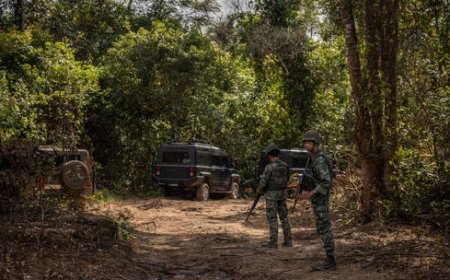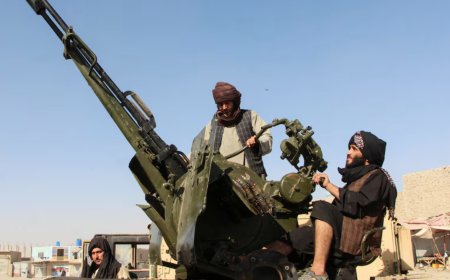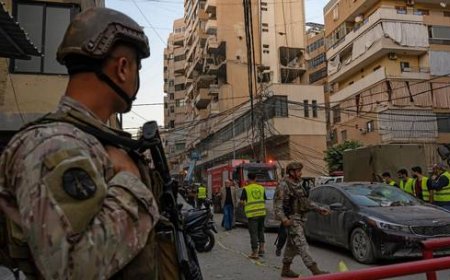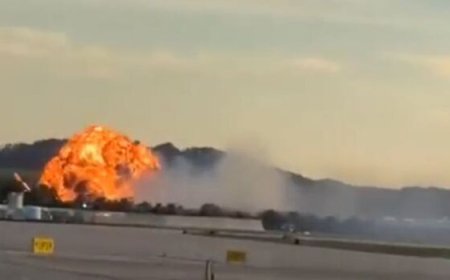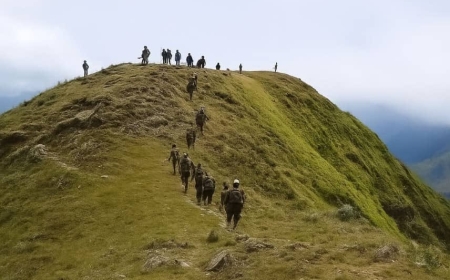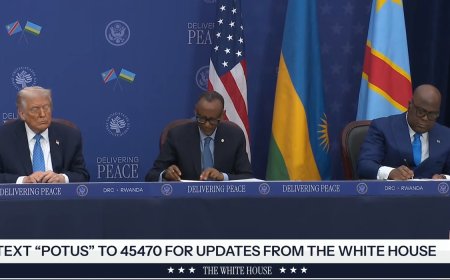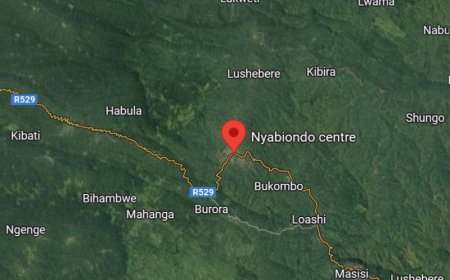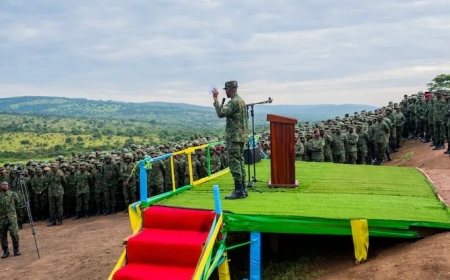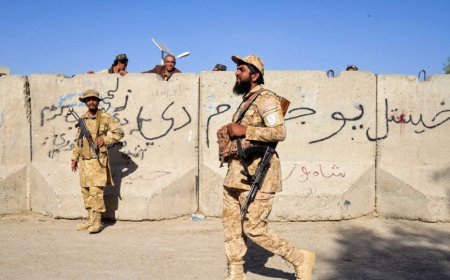What are bunker busters? All about US's 13,600-kg bombs that destroyed Iran's nuclear sites
The B-2 Spirit, the only US aircraft configured to carry the GBU-57, played a central role. Built by Northrop Grumman and flown exclusively by the US Air Force, the stealth bomber can carry two MOPs — totaling 60,000 pounds — on a single mission.
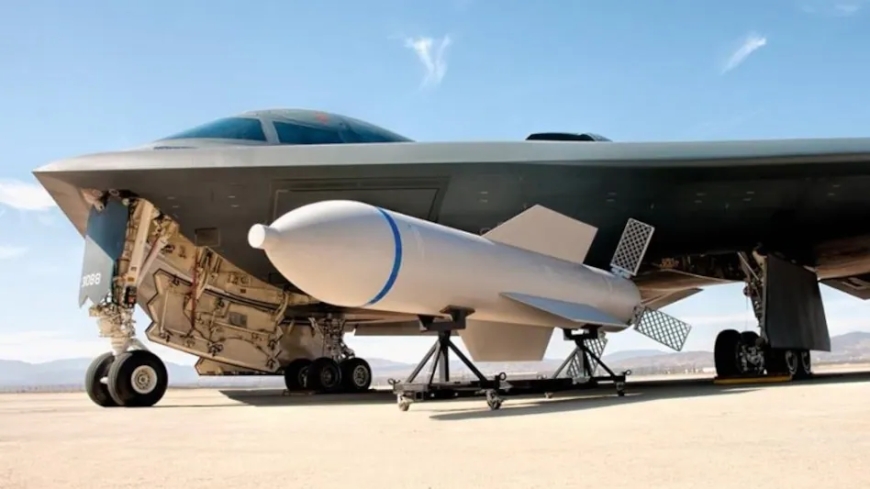
In a bold escalation, the United States deployed six GBU-57 Massive Ordnance Penetrators in precision airstrikes on Iran’s Fordow nuclear facility, according to Reuters. The operation, executed with B-2 Spirit stealth bombers, marks one of the most direct and forceful US military actions against Iran’s nuclear program to date.
The strikes targeted Fordow, a heavily fortified underground site believed to house Iran’s most sensitive uranium enrichment activities. Each GBU-57, a 30,000-pound (13,600 kg) conventional bomb, is designed to penetrate deep into the earth — up to 200 feet of soil or 60 feet of reinforced concrete — before detonating.
Nicknamed a "bunker buster," the GBU-57 A/B is the most powerful conventional weapon in the US arsenal. According to the US Air Force, the bombs can be dropped in succession, burrowing deeper with each impact.
By November 2015, at least 20 GBU-57 bombs had been built. The weapon integrates a BLU-127 bomb body with a precision guidance kit and comes in multiple variants with differing weights. Significantly larger than its predecessors — the 5,000-pound GBU-28 and GBU-37 — the GBU-57 measures 20.5 feet (6.2 meters) in length and weighs roughly 30,000 pounds.
The GBU-57 was reportedly used in combat for the first time on June 22 during US airstrikes on Iran’s nuclear facilities at Fordow, Natanz, and Isfahan.
To ensure pinpoint accuracy, the bomb uses a combination of GPS and Inertial Navigation System (INS) guidance, with grid fins stabilizing its flight path and enabling mid-course corrections. A specialized Large Penetrator Smart Fuze (LPSF) controls detonation timing, adjusting the blast based on how deep the bomb penetrates and the type of underground structure it strikes.
The B-2 Spirit, the only US aircraft configured to carry the GBU-57, played a central role. Built by Northrop Grumman and flown exclusively by the US Air Force, the stealth bomber can carry two MOPs — totaling 60,000 pounds — on a single mission. In this operation, one B-2 dropped both of its bunker busters on the Fordow site.
Though Fordow is known to contain highly enriched uranium, the International Atomic Energy Agency confirmed there was no immediate release of nuclear material following the attack.
Simultaneously, US Navy submarines launched 30 Tomahawk cruise missiles targeting nuclear-related facilities in Natanz and Isfahan — two key sites in Iran’s enrichment infrastructure. The scope and scale of the operation underscore rising tensions over Iran’s nuclear ambitions and the growing readiness of the US to take direct military action against fortified sites.
